The #hashtag turned 10 years old in 2017. Like many other internet phenomena, it’s hard to imagine life without it. Although hashtags can be used to entertain and enlighten, they are also incredibly useful for businesses. With 328 million active users, Twitter (much like LinkedIn) offers a great opportunity for Human Resources (HR) Directors and other HR professionals to gather new ideas for their organization and spread useful information. When HR professionals use Twitter hashtags effectively, people can more easily find and share their content.
Here at the JP Griffin Group, we use Twitter hashtags all the time to help us stay abreast of industry specific employee benefit news and to stay plugged into other thought leaders in the employee benefits space. If you’re new to hashtags, here is some of our seasoned advice on how to find the best Twitter hashtags and what makes them so valuable.
6 Ways to Find the Best Twitter Hashtags
Twitter is a social media platform built on real time, rapidly changing news and events. In other words, it’s constantly evolving and new hashtags trend every day. That being said, some hashtags have more staying power than others. Part of incorporating hashtags into your HR-related content is knowing how to find relevant hashtags in the first place.
Here are six ways to find the best Twitter hashtags:






















